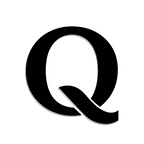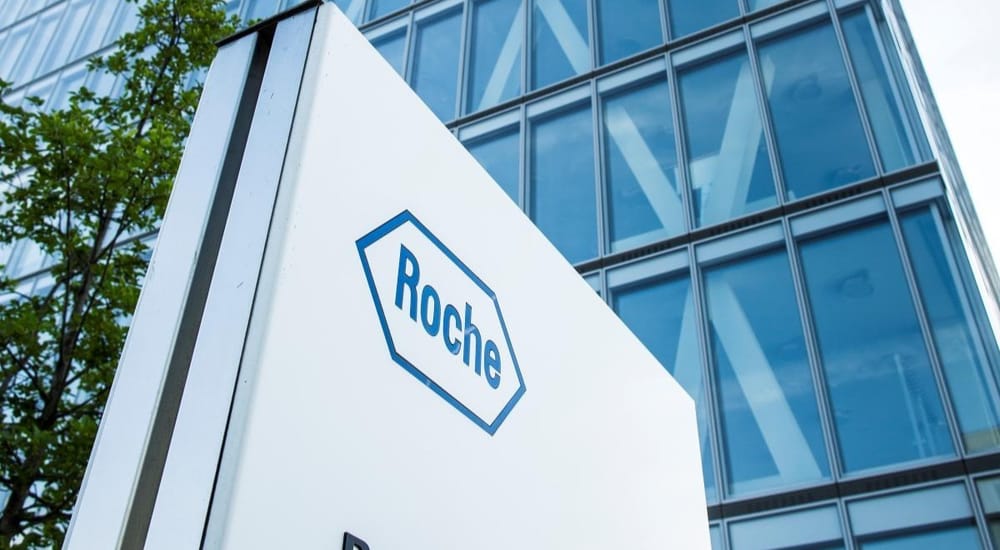
President Donald Trump has reopened the political and commercial shooting war between pharmacy‑benefit managers and the drug makers they help police, signing a string of executive orders designed to prise open one of America’s most opaque supply chains and deliver cheaper medicines to voters weary of triple‑digit price hikes. On May 12, Mr. Trump stood in the Rose Garden and promised to “cut out the middlemen,” vowing to let patients buy medicines at a “most‑favored‑nation” price if manufacturers don’t fall into line.
The order, the second major pricing directive of the new Trump term, requires federal agencies to secure overseas‑level prices for U.S. buyers and threatens additional tariffs—up to 200% on imported drugs—if companies balk. A separate April 15 order directs regulators to draft rules on PBM fee disclosure and to “promote a more competitive, transparent pharmaceutical value chain,” marking the clearest signal yet that the White House sees the middlemen as ripe for disruption.
A $450‑Billion Squeeze Point
PBMs—led by CVS Health’s Caremark, Cigna’s Express Scripts and UnitedHealth’s OptumRx—negotiate rebates and set formularies for more than 275 million Americans. Their leverage is enormous: three companies control roughly 80% of the market, Senator Chuck Grassley told a Senate Judiciary hearing in May. “While PBMs get richer, hardworking Americans are paying more and more for their medications,” the Iowa Republican said, arguing that claw‑backs and spread pricing “have to stop.”
Those criticisms landed atop fresh antitrust pressure. In January the Federal Trade Commission’s second interim report concluded that PBMs extracted “significant mark‑ups” on cancer and HIV generics, stoking costs instead of curbing them. Last week the agency escalated, filing a formal complaint that accuses the “Big Three” and their group‑purchasing arms of inflating insulin prices through exclusionary rebate deals.
Markets Blink—Then Breathe
Investors took the threat seriously—at first. CVS and Cigna shares slid 5% and 6%, respectively, after the May order, while UnitedHealth dipped just 0.5% thanks to its broader revenue base. Analysts at Morningstar warned that PBMs could try to recoup lost rebates by tacking on administrative fees. Stocks clawed back much of the damage within a week amid skepticism the rules can survive lawsuits, but volatility has become a feature, not a bug, for the sector.
Pharmaceutical giants, for their part, see an opening. Roche Holding’s chief executive, Thomas Schinecker, said the Swiss company is exploring direct‑to‑patient sales in the U.S. to “bypass intermediaries” and pre‑empt tariff threats. Bristol Myers Squibb and Pfizer have already floated similar pilot programs for their blood‑thinner Eliquis. Wall Street Journal
The Rebate Riddle
Rebates—confidential price concessions drug makers pay to secure preferred placement—are the battlefield’s high ground. Manufacturers argue that PBMs pocket too much and pass on too little; PBMs counter that rebates exist only because list prices start high. The FTC’s January report gave both sides selective ammunition but mostly painted a portrait of murky incentives.
Industry lobby Pharmaceutical Care Management Association pushed back in an April briefing on Capitol Hill. “No plan sponsor is required to hire a PBM,” PCMA President J.C. Scott told staffers, adding that PBMs “act as the counterweight to drug companies’ pricing power.” The trade group touts $145 billion in annual savings, a figure hotly disputed by drug makers.
What Comes Next
Legal fights loom. Drug manufacturers are likely to sue over any mandatory price caps, citing international trade rules and patent law. PBMs say they will challenge attempts to expose proprietary rebate data. Even within the administration, HHS must devise a mechanism for point‑of‑sale discounts that doesn’t blow a hole in Medicare’s budget. Yet pressure is unlikely to abate. The White House threat of direct‑to‑consumer importation and steep tariffs “is the stick that keeps everyone at the table,” she adds.
For patients, the timetable is uncertain. The administration wants initial rulemaking by year‑end, but insiders expect at least a year of comment periods and court challenges. Wall Street may have regained its composure, but both PBMs and Big Pharma now face a president who has made drug prices a signature populist promise—twice.
Author

Investment manager, forged by many market cycles. Learned a lasting lesson: real wealth comes from owning businesses with enduring competitive advantages. At Qmoat.com I share my ideas.



